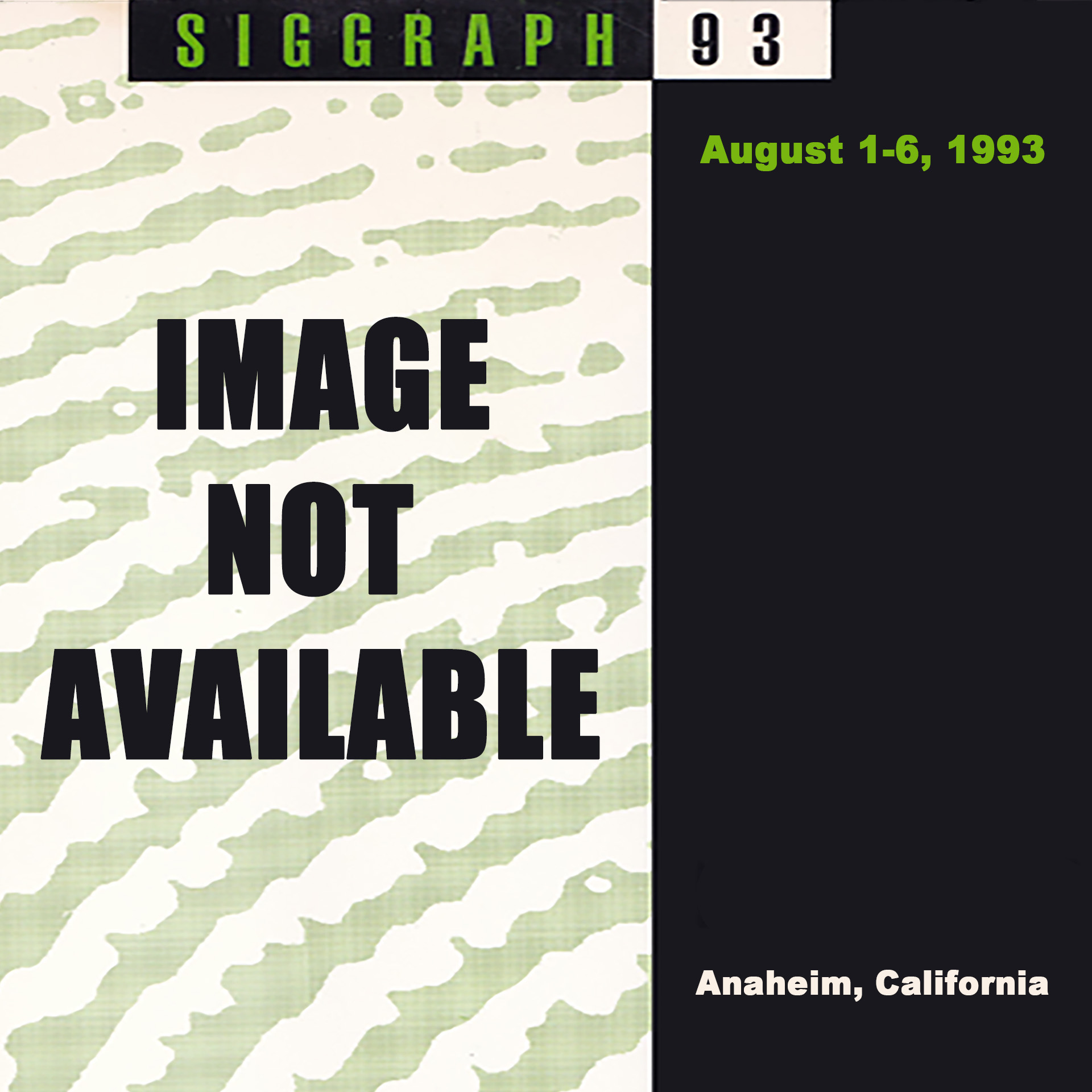“Interview with RitaSue Siegel” by Siegel
Conference:
Experience Type(s):
Entry Number: 20
Title:
- Interview with RitaSue Siegel
Program Title:
- Designing Technology
Organizer(s)/Presenter(s):
Project Affiliation:
- RitaSue Siegel Associates
Description:
RitaSue Siegel is the founder (1969) and chairperson of RitaSue Siegel Associates, the leading recruiting and executive search company, worldwide, for design management talent for every type of product, and for consulting services on design organizational development. An industrial designer by training, Siegel is a frequent lecturer and author whose writings include American Graphic Design, Thirty Years of Imagery, “Design, Of Course Know What That Is,” as well as articles in The New York Times, Communications Arts, and internationally recognized trade media.
RitaSue, you have recruited and placed more designers and design managers and have advised more corporations about good design than perhaps anyone else in the world. Give me some examples of what you think is good design and what are the common elements that makes them so good.
You may not agree with my choices: the Miata, the VW bug, the XK 120 Jaguar, the Walkman concept that was the mother of many different types of children, the songs of Rogers and Hammerstien, the movie Dark Passage, the original wrinkled-toed Reeboks for aerobics, Oreo cookies, a book called The Tao of Physics, Prozac, and the Apple Powerbook.
What do they have in common?
The answer has something to do with magic, with imagination, with invention, with motivation, with stick-to-it-tive-ness, with belief in one’s ideas, with belief in the ideas of others, with comfort with the abstract and ambiguity, with the ability to implement and deliver on promises, with respectability.
The answer also has something to do with good sales and marketing people, good advertising, display and packaging, good word of mouth, quality production, distribution and availabiIity, and all those specialists who work together, so the product can be delivered to the customer with pride and caring at an acceptable price.
From my experience, the pride and caring came from the top of the company, or a persuasive individual or small group at any level who is motivated to not give up until products get better. A great product is often the result of the single-minded devotion of an individual or small group inside a company. Another attribute of good design is the element of surprise. The great product starts out by being slightly ahead of its time-but is found to be perfectly right for the time by a part of the audience who gets comfortable with it real quick. An audience that either falls in love with the creation and must have it, or sees having it as an element necessary to their survival-whether it’s true or not is irrelevant. Its success grows as acceptance trickles down or out. All the great products I mentioned are different from those that came before them, in a unique and special way. In addition, they answer a question of desire … a question their designer may have had, such as:
Why can’t we have a sports car like the good old days?
Why can’t we have a cheap, mass-produced car that everyone can afford?
Why can’t we have a tape player we can easily carry around?
How come they don’t do this?
How come they don’t do that?
There’s something very human about the fact that a large portion of the population is uncomfortable with what doesn’t look famiIiar or that is new, and in contrast, there is always a portion of the population that “gets it” immediately.
But that phenomena is just another part of the equation/process of developing great products we have to accept and work with. Great products strike a universal cord. People respond to them with a smile. Responding and smiling are two very important parts of the process. Great products are going to bring pleasure to the person who looks at them, works with them, or buys them. Somehow people can sense that. A good designer will be at the heart of this equation or process. Like a great inspiring teacher, a wonderful parent, a helpful neighbor, or comforting brother/sister, one person can make a great impact.
The working together of people with different types of experience toward a common goal just intensifies the impact. Today, when technology and TQM have reached a point where almost any organization can learn how to produce impeccable products with great efficiency, design is becoming a critical element to enhancing a company’s competitive position. In my book, just loving the way something looks and feels is as much a “function” as miles per gallon
or top speed.





